GOLF’s 2017-18 ranking of the Top 100 Courses in the World

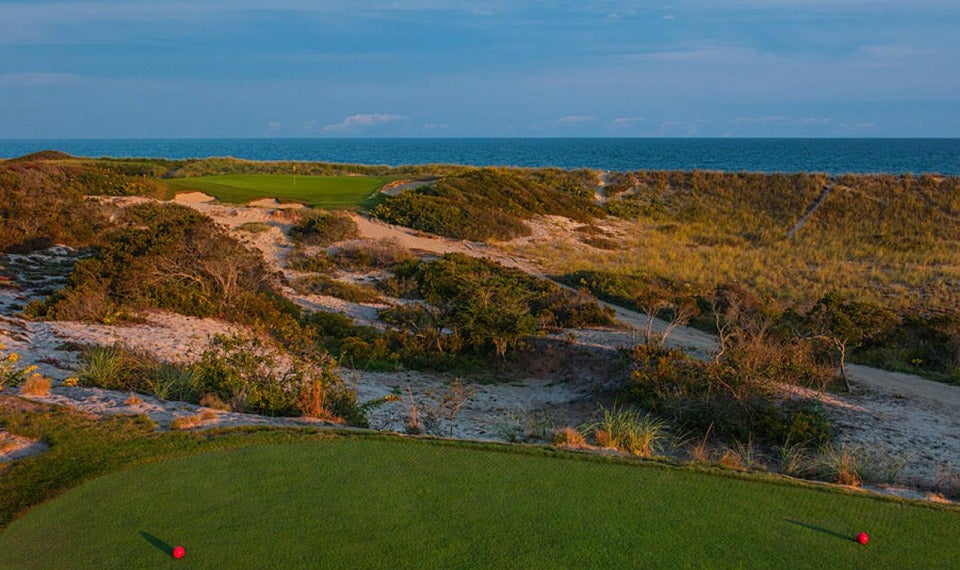
East Hampton, N.Y. John Park/Willie Park Jr., 1891
One of the nation's oldest and most prestigious clubs has offered golf since 1891. Its current layout is a Willie Park Jr. design (with help from brother John) that dates to 1924. Recently restored by Bill Coore, Maidstone's edge-of-the-Atlantic location is fully realized by the course's mid-section, which skirts the dunes and beach.
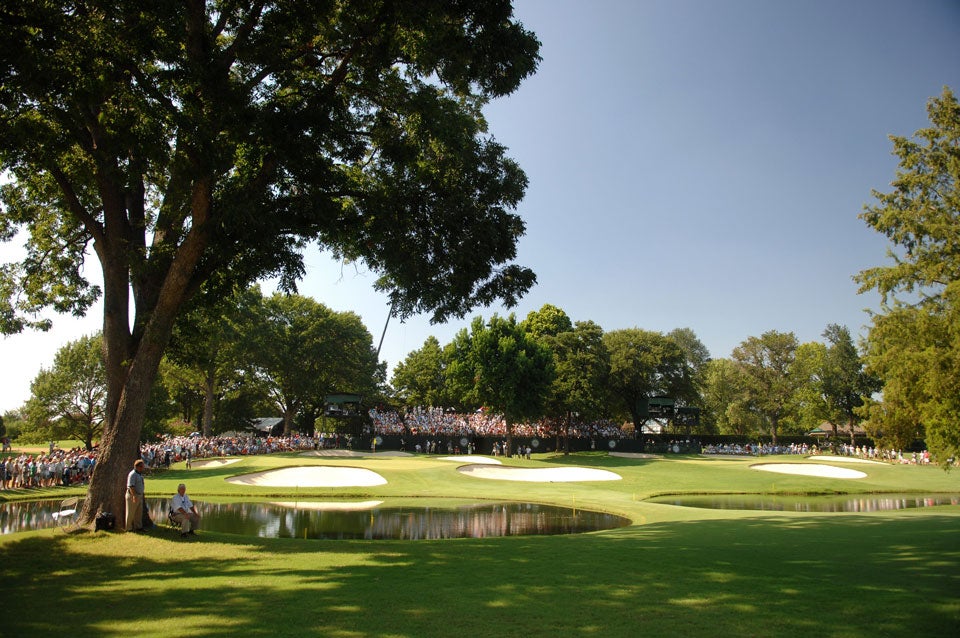
Tulsa, Okla. Perry Maxwell, 1936
Site of three U.S. Opens and a quartet of PGAs, this Perry Maxwell design rolls out heat, humidity, wind and stern rough framing fairways and greens. Maxwell's oval and clamshell bunkers lack imaginative shaping, but they're perfectly placed. The 9th and 18th both climb steep hills to reach the greens, the latter being one of the game's toughest closing par-4s. Tougher still is the creek-guarded 12th, which Ben Hogan once called the greatest par-4 in the U.S.
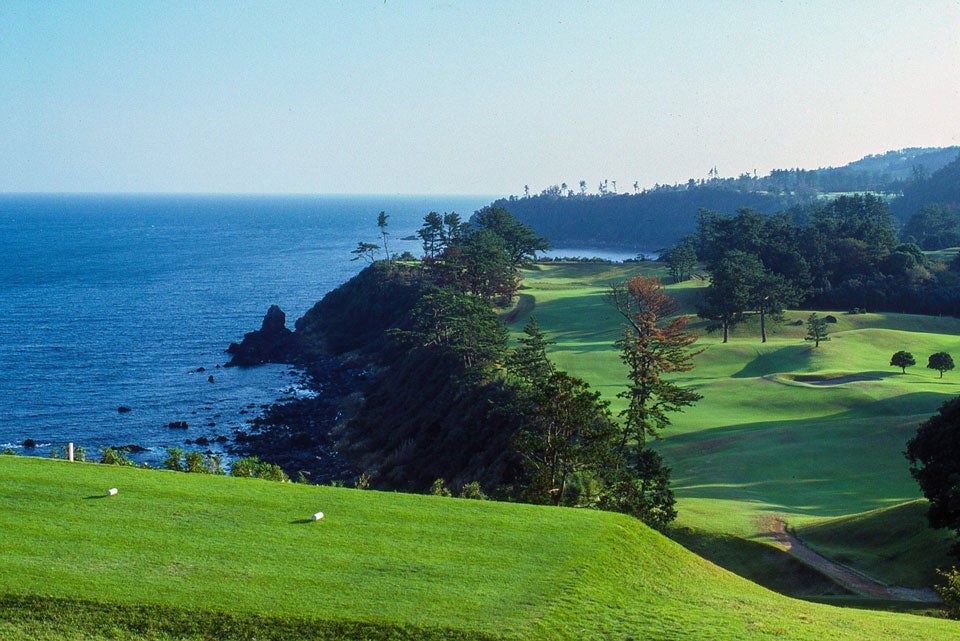
Kawana, Japan C.H. Alison/Kinya Fujita, 1936
Japan's answer to Pebble Beach is this 1936 creation from legendary British architect C.H. Alison, with help from Kinta Fujita that boasts staggering views of snow-capped Mt. Fuji and cliff-top panoramas of the Pacific Ocean. Alison's superb bunkering and strategies mix with undulating terrain that make it worth the 3-hour trip from Tokyo.
.jpg)
San Francisco, Calif. Sam Whiting, 1924
Laid out on the side of a hill overlooking Lake Merced, its fairways hemmed in by thousands of cypress and eucalyptus trees, its greens and landing areas bracketed by wrist-fracturing rough, Olympic has proved to be an imposing test for five U.S. Opens. On fog-free days, the 247-yard, par-3 third enjoys stellar views of the Golden Gate Bridge.
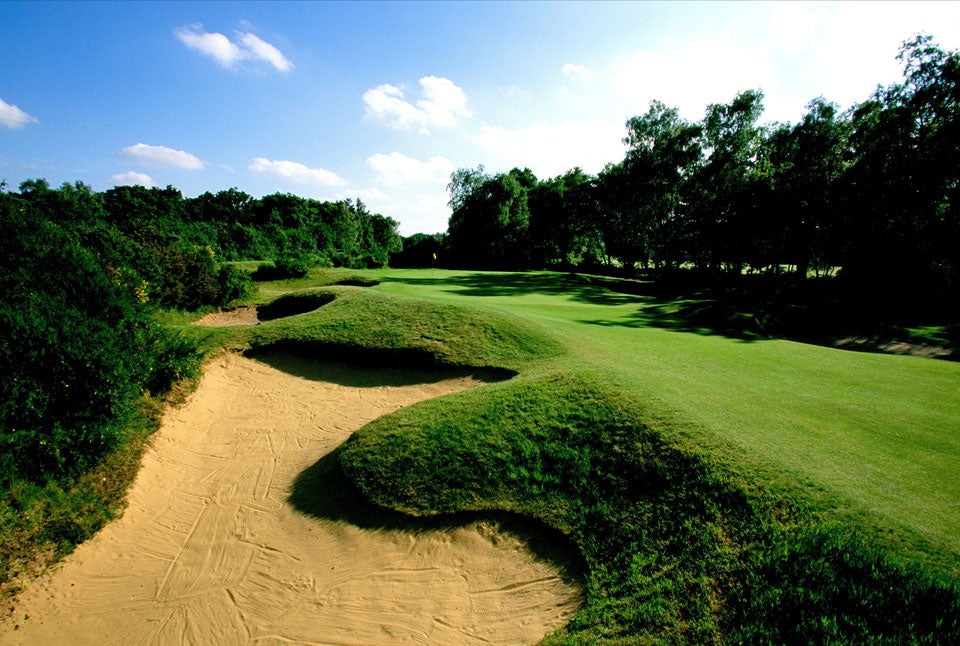
Woodhall Spa, England Harry Vardon/H.S. Colt/V. Hotchkin, 1905/1912/1926
Harry Vardon left us much more than six Open wins and a grip. Woodhall Spa is Vardon's design legacy, an intriguing heathland/'inland links' blend, an oasis of tumbling terrain amid the surrounding flat fenland of Lincolnshire. Deep bunkers are Woodhall Spa's defining trait, along with plentiful gorse and a stellar set of par-3s. Credit architects H.S. Colt and S.V. Hotchkin for enhancing Vardon's work and turning the course into one of golf's supreme shotmaking tests.
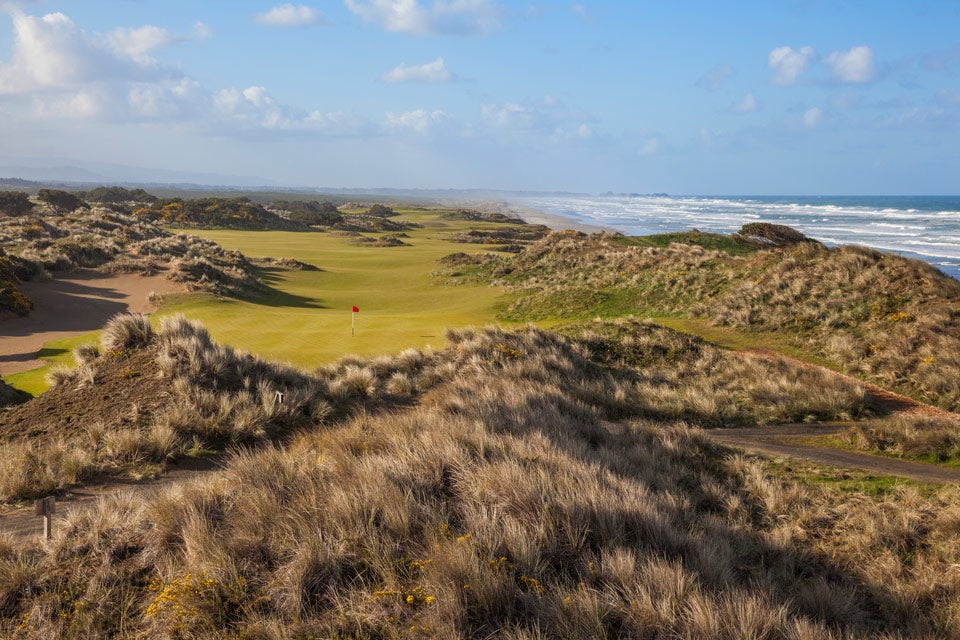
Bandon, Ore. David McLay Kidd, 1999
Bandon's original course is a David McLay Kidd design draped atop craggy headlands above the Pacific. Ocean views stun the senses, along with bluff-top sand dunes sprinkled with Scotch broom and gorse bushes, coastal pines, crashing surf, wind-whipped tall native grasses, and stacked sod bunkers.
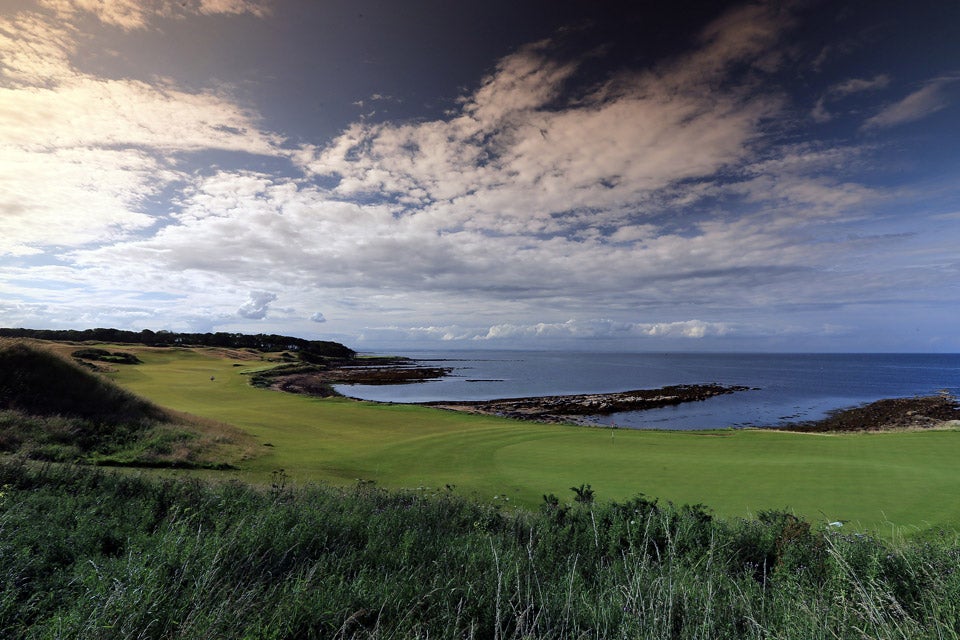
St. Andrews, Scotland Kyle Phillips, 1999
This 1999 Kyle Phillips design 15 miles from the Old Course boasts the respect of links fans everywhere, who relish such holes as the 606-yard, par-5 12th, which arcs around the bay and the 212-yard, par-3 15th that demands a carry over the sea. The seamless melding of flat farmland and Old World links contours has earned the respect of even the toughest course critics.
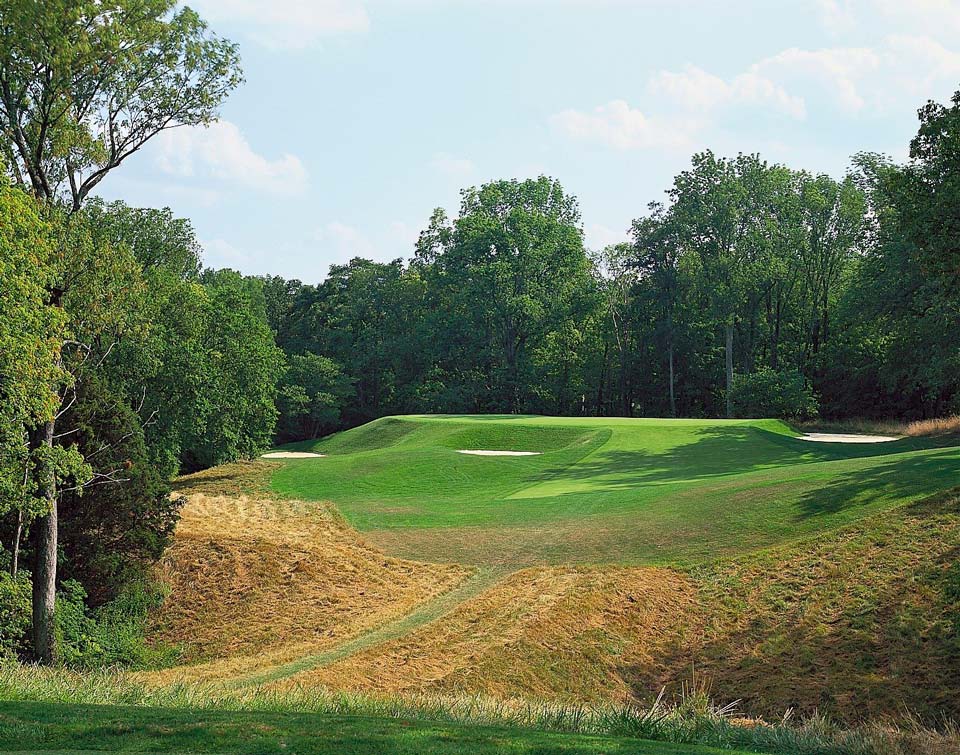
Indian Hill, Ohio Seth Raynor, 1921
This low-key 1926 Seth Raynor creation in suburban Cincinnati dishes out extremely deep bunkers and huge, squared-off greens on a property laced with valleys and ravines. The usual Macdonald/Raynor template holes are in place, from a Biarritz to a Redan, yet the two strongest par-3s might be the 5th and the 11th, modeled after the two one-shotters at St. Andrews.
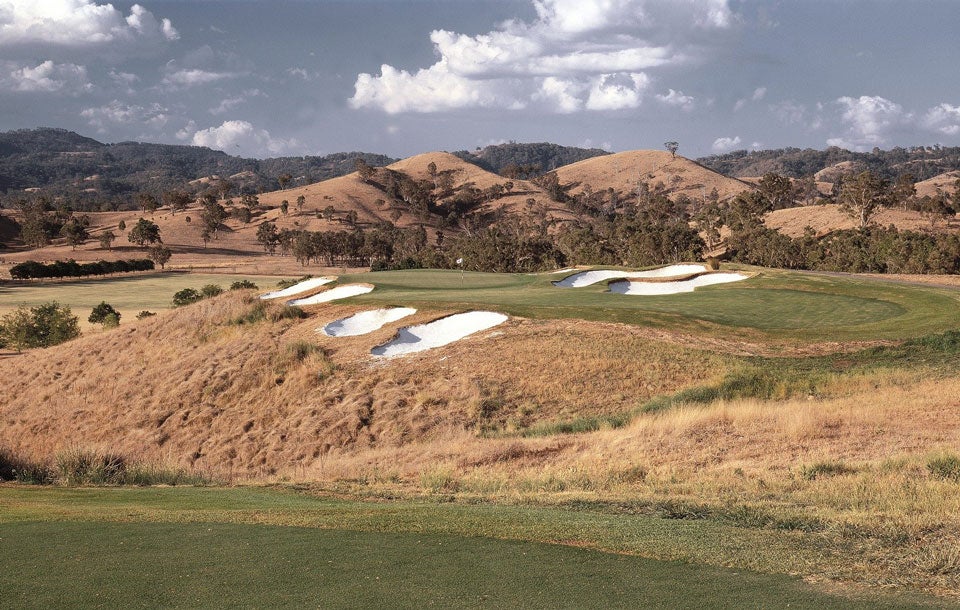
Ellerston, Australia Greg Norman/Bob Harrison, 2001
Greg Norman has never been shy about professing his admiration for Alister MacKenzie. At ultra-exclusive Ellerston, he and design partner Bob Harrison adapted MacKenzie strategies and bunker stylings on a rugged track, resulting in the one of the strongest, most option-laden tests in the Southern Hemisphere. Forced carries over ravines, greens set along ridge-tops and the influence of Pages Creek add to the challenge.
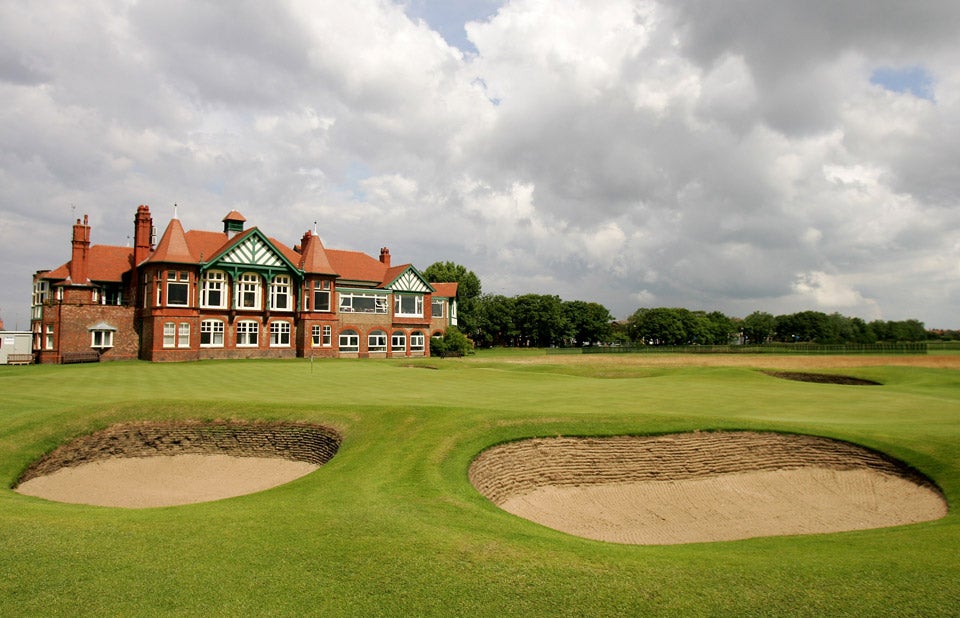
Lytham St. Annes England, George Lowe Jr., 1897
Roughly 200 bunkers menace this rugged links that has hosted Open Championships since 1926. One of those bunkers in particular, in the left-center of the 18th fairway, cost Adam Scott the 2012 Open. There are no views of the sea here, but the wind and vegetation shout 'seaside.' Best of all at Lytham was Spaniard Seve Ballesteros, who won here in 1979 and 1988.
